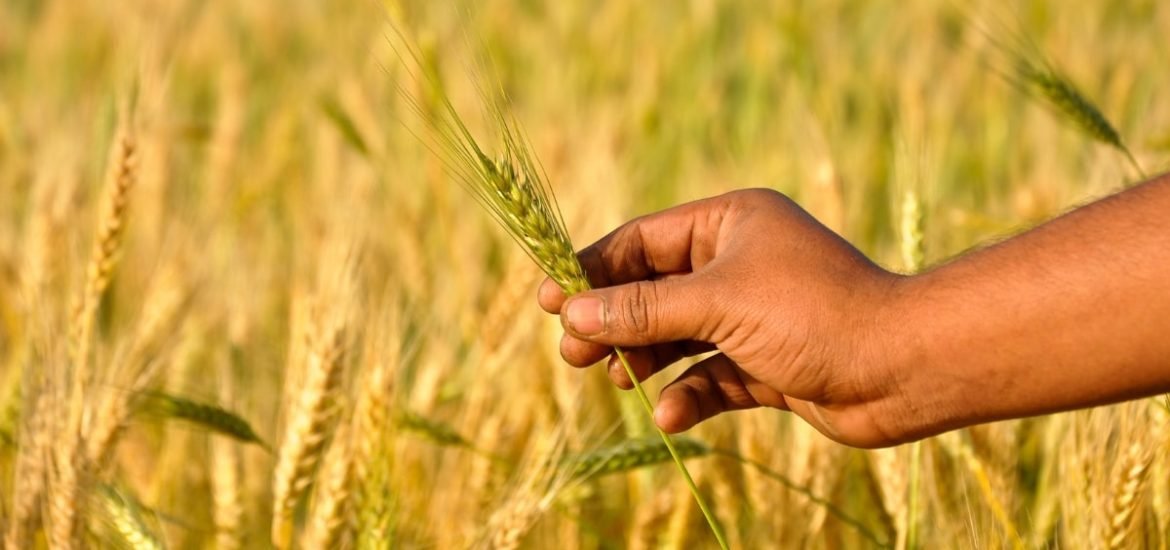
A new comprehensive review paper published last week on 15 July in Nature plants explores how scientists can use CRISPR to enhance traditional plant breeding techniques with the goal of ensuring global food security (1). Gene-editing technologies like CRISPR will be particularly important “in the context of global climate change as well as in the face of current agricultural, environmental and ecological challenges”, the authors write.
Zhang and colleagues highlight the currently untapped potential of CRISPR technology for plant science, suggesting that CRISPR has could significantly accelerate plant breeding and germplasm development (the genetic material, seeds, and tissues used to cultivate crops) in the future. But this goes beyond traditional gene editing.
The new comprehensive review emphasises the potential benefits — beyond basic gene editing — that CRISPR can offer in plant breeding. The technology has been used in many different ways in animals and humans that could also be applied to important food crops such as rice, wheat, and corn or maize. According to the authors, similar studies in crops are lagging. Yet CRISPR is a highly versatile system, says Dr Yiping Qui, senior author and a plant biologist at the University of Maryland.
What is CRISPR?
CRISPR uses a pair of so-called “molecular scissors” that essentially “snip” DNA in certain places to remove unwanted segments or edit existing sequences. But not only that. “You can regulate activation or suppression of certain genes by using CRISPR not as a cutting tool, but instead as a binding tool to attract activators or repressors to induce traits”, Qi explains.
The CRISPR technology has already been applied in crop breeding. In fact, the first gene-edited crop — canola — went on sale in the US last year. But the paper also discusses possibilities that go beyond basic gene-editing approaches. Importantly, CRISPR can be combined with other plant breeding technologies to achieve results not previously thought possible.
For instance, “gene shuffling” recruits proteins to visualise certain DNA sequences and groups desirable traits together within a single genome. This could boost traditional crossbreeding efforts, and make it much easier to produce crops with more than one desirable traits. In another example, scientists recently showed that pollen can be used to transfer the components of CRISPR-Cas9 into corn, a process previously hindered by the thick cell walls of this important staple crop (2). And yet another recent paper in BMC Biology showed that temperature can be used to improve the efficiency of CRISPR-Cas12a genome editing in rice and maize.
Furthermore, the same CRISPR technology used in humans to enhance screening for genes and traits associated with human health could be potentially used in plants to screen for traits that contribute to resilience and higher crop yields, as well as disease and pest resistance.
Can CRISPR help sustainable feed the estimated 10 billion people by 2050?
CRISPR has the potential to make more robust crops that can produce higher yields and withstand the more frequent extreme weather events brought on by climate change. However, public distrust of the big corporations that created genetically modified organisms (GMOs) and the potential consequences of gene editing remain. And could hinder the use of promising new CRISPR technologies in plant breeding.
Moreover, there is still a long way to go before CRISPR technology can be fully exploited. To this end, hundreds of research laboratories are hard at work developing novel CRISPR-based solutions to one of the world’s most pressing issues — global food security.
(1) Zhang, Y. et al. The emerging and uncultivated potential of CRISPR technology in plant science. Nature Plants (2019). DOI: 10.1038/s41477-019-0461-5
(2) Kelliher, T. et al. One-step genome editing of elite crop germplasm during haploid induction. Nature Biotechnology (2019). DOI: 10.1038/s41587-019-0038-x
(3) Malzahn, A.A. et al. Application of CRISPR-Cas12a temperature sensitivity for improved genome editing in rice, maize, and Arabidopsis. DOI: 10.1186/s12915-019-0629-5
I am following new information regarding climate risk.
Hi. Nice Article. Keep sharing more information related to CRISPR Technology !!